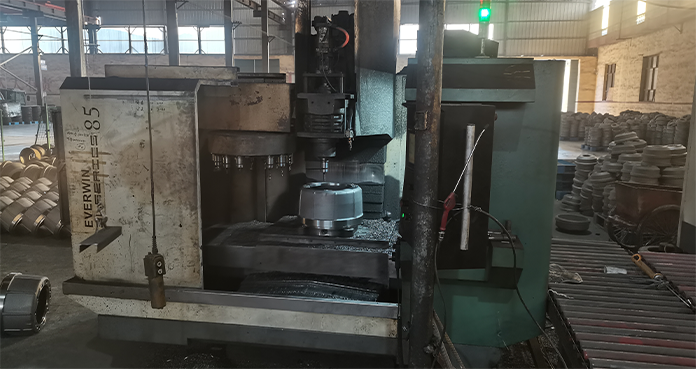Nov . 11, 2024 05:45 Back to list
Detecting and Preventing Cracks in Brake Drums for Enhanced Vehicle Safety
Understanding Brake Drum Cracks Causes, Consequences, and Prevention
Brake drums play a crucial role in the overall safety and functionality of a vehicle. They are part of the drum brake system, which utilizes friction to slow down or stop a vehicle. While designed to withstand significant stress and heat, brake drums are not immune to damage. One of the most common issues faced by vehicle owners is the formation of cracks. Understanding the causes, consequences, and preventive measures related to brake drum cracks is essential for maintaining your vehicle's safety and performance.
Causes of Brake Drum Cracks
There are several factors that can lead to the cracking of brake drums. One of the primary causes is heat buildup. During braking, brake drums absorb a considerable amount of heat due to friction. If the heat generated exceeds the drum's thermal limit—especially during heavy braking or extended use—it can lead to thermal expansion followed by cooling, which may result in cracking.
Another contributing factor is material fatigue. Over time, brake drums are subjected to repeated cycles of stress and strain. This constant wear and tear can weaken the structural integrity of the drums, making them more susceptible to cracks. Additionally, subpar materials or manufacturing defects can predispose brake drums to cracking, highlighting the importance of quality assurance in manufacturing processes.
Environmental factors can also contribute to the occurrence of cracks. For example, exposure to moisture can lead to rusting, which, when combined with thermal and mechanical stress, can further weaken the drum. In regions with harsh weather conditions, the combination of salt and moisture can exacerbate this issue.
Consequences of Cracked Brake Drums
The repercussions of cracked brake drums can be severe. A crack in the brake drum can lead to diminished braking performance, making it harder to slow down or stop the vehicle safely. This can increase the risk of accidents, posing a significant danger to the driver, passengers, and other road users.
brake drum cracks

Additionally, a cracked drum can cause uneven wear on brake shoes and other brake components, leading to further damage and requiring costly repairs. Ignoring the issue may lead to complete drum failure, which can result in sudden brake loss and catastrophic outcomes.
Prevention of Brake Drum Cracks
Preventive measures are essential for avoiding brake drum cracks and ensuring the vehicle's braking system remains in optimal condition. Regular maintenance checks are crucial. Drivers should have their braking systems inspected at least once a year, focusing not only on brake pads and shoes but also on the brake drums.
It is also important to monitor driving habits. Avoiding aggressive braking, especially in heavy traffic or hilly areas, can help reduce heat buildup in the drums. Furthermore, using the vehicle's engine to assist in slowing down can alleviate stress on the brake system.
Choosing quality replacement parts is another preventive measure. When it comes time to replace brakes, ensure that the components are sourced from reputable manufacturers. Using high-quality materials can significantly reduce the likelihood of premature failure.
Lastly, keeping brakes clean and free of debris is vital. Accumulated dirt and moisture can contribute to rust and corrosion, leading to cracks over time. Regular washing of the brake components, combined with timely inspections, can help to extend the life of brake drums.
Conclusion
Brake drum cracks are a serious concern for vehicle safety. Understanding their causes, consequences, and how to prevent them can save drivers from potentially hazardous situations. By promoting good driving practices, ensuring regular maintenance, and opting for quality components, vehicle owners can greatly enhance the durability of their braking systems, contributing to safer roads for everyone.
-
HINO Industrial Solutions - ¡Ң���ຽ��е��������˾ | Advanced Technology&Reliability
NewsJul.13,2025
-
HINO Industrial Efficiency-Jiangsu Hino Industrial|Productivity Optimization&Cost Reduction
NewsJul.12,2025
-
HINO-¡Ң���ຽ��е��������˾|Advanced Industrial Solutions&Energy Efficiency
NewsJul.12,2025
-
Premium Brake Drum Iveco – Durable Drum Brake Drum & Brake Shoe Solutions
NewsJul.08,2025
-
High-Performance Brake Drum Liza for Enhanced Safety Reliable Drum Brake Drum & Brake Shoe Solutions
NewsJul.08,2025
-
High-Quality Brake Drum MAZ – Durable Drum Brake Drum & Brake Drum and Brake Shoe for Optimal Performance
NewsJul.07,2025
